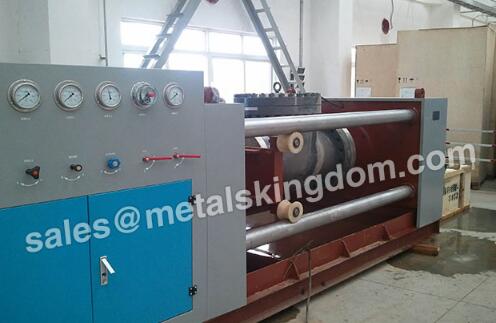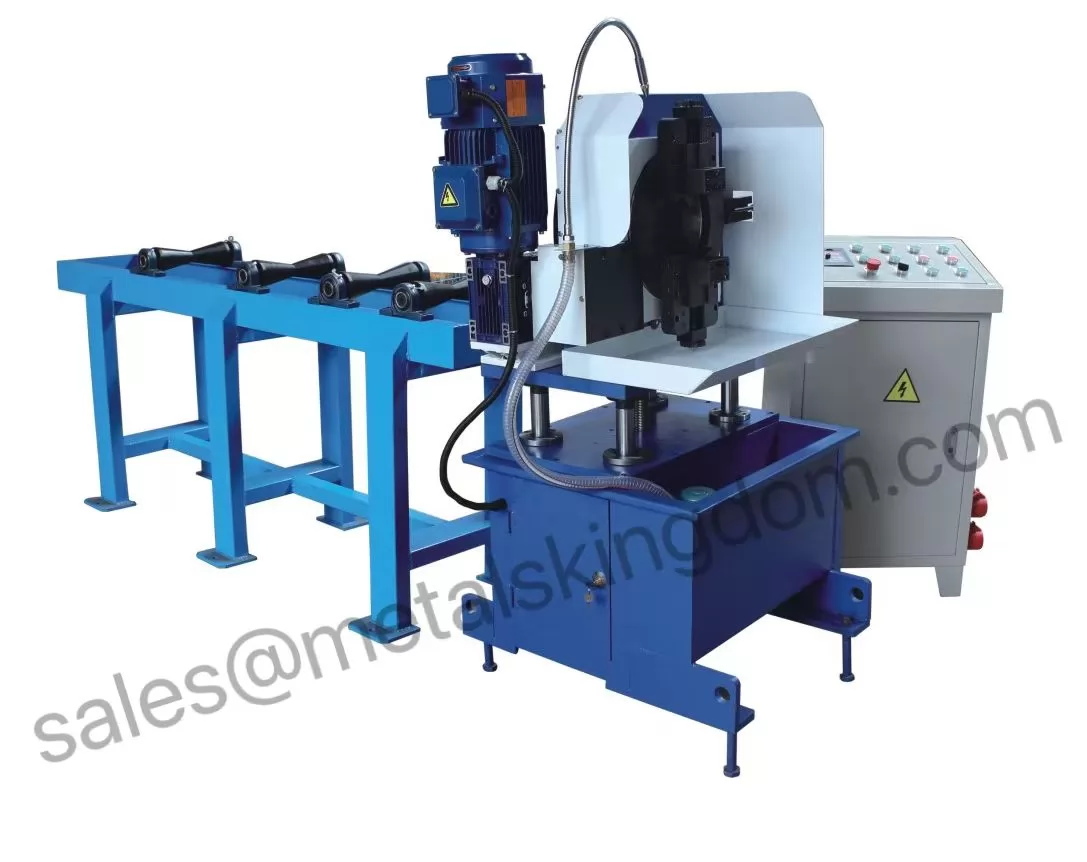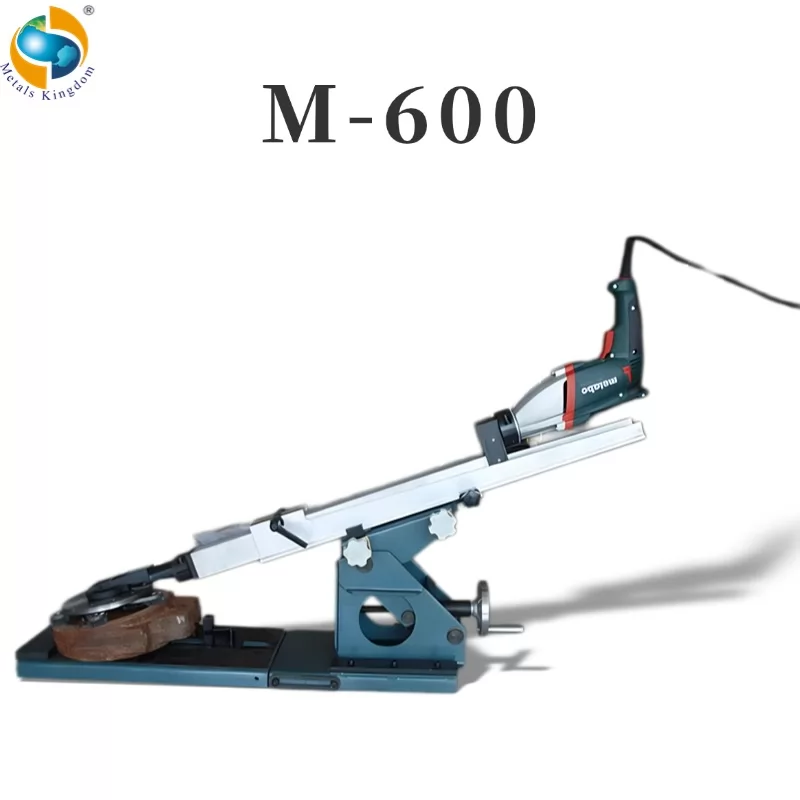The purpose of the performance test of the safety valve is to determine the characteristics of the valve before operation, during discharge and when it is closed under specific operating conditions, including set pressure, discharge pressure or over pressure, opening height, seat pressure or opening and closing difference, use Visually or audibly determined valves] Mechanical characteristics, such as good seating ability, whether there are frequency jumps, chatter, jamming or harmful vibrations, valve repeatability and so on. What I bring to you today is a brief introduction to the requirements of safety valve testing machine tests, equipment, valves used for test procedures, and procedures.
1. Safety valve performance test requirements:
The setting pressure when measuring the operating performance shall be the minimum setting pressure of the spring design used. Valves for air or other gases may be tested with steam, air or other known properties. Valves used for steam shall be tested with steam. Valves for liquids should be tested with water or other known liquids.
When the independent monitoring agency has experience or written evidence to prove that the opening height and performance of a specific design safety valve meet the requirements, the operational performance test can be waived.
2. Safety valve operation performance test equipment:
The error of the pressure measuring instrument used in the test should be less than or equal to 0.5% of the measuring range, and the test pressure should be in the range of 30% to 70% of the measuring range.

3. Valves for test procedures
The test safety valve shall be representative of the design, pressure, and size series of those valves requiring performance. Including the ratio of the inlet area of the valve [] to the area of the flow channel and the ratio of the area of the flow channel to the area of the outlet should be considered.
When a valve series contains a diameter greater than or equal to 7, three types of valves should be used for testing. If the number of diameters included in this series is not greater than 6, the number of tested diameters can be reduced to 2 kinds.
When a valve series contains a diameter greater than or equal to 7, three types of valves should be used for testing. If the number of diameters included in this series is not greater than 6, the number of diameters to be tested can be reduced to 2 kinds.
When the range of the diameter of a series is expanded so that the safety valve of the previous test can no longer represent the entire series, the number of diameters for testing should be increased.
4. Safety valve operation performance test procedure
The valve test bench supplier believes that for each valve diameter tested, three types of springs with large differences should be used for testing. When it is necessary to carry out three pressure tests on a valve of the same size, it can be performed on one valve with three types of springs with large differences, or on three valves of the same diameter with three types of pressure. Large differential setting pressures are performed. In order to confirm satisfactory repeatability, each test should be performed at least 3 times.
For newly designed or specially designed valves, when only one diameter and one set pressure are manufactured, only the set pressure can be tested with the consent of the independent monitoring agency.
For valves with only one diameter and multiple set pressures, the test should be performed with 4 different springs that can represent the valve door use pressure range.












